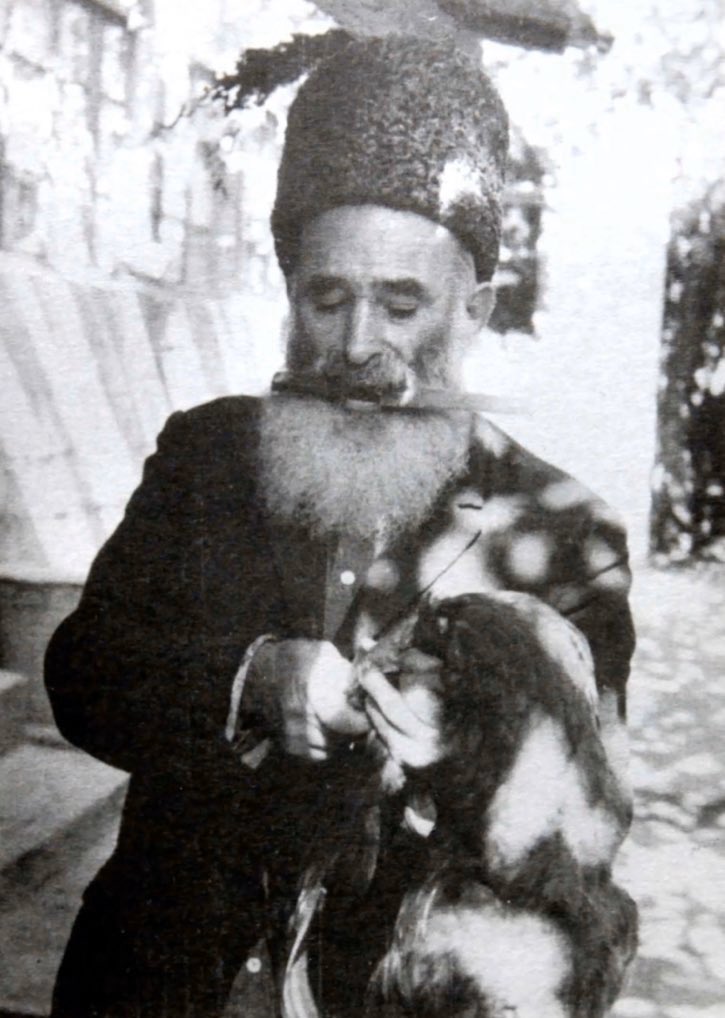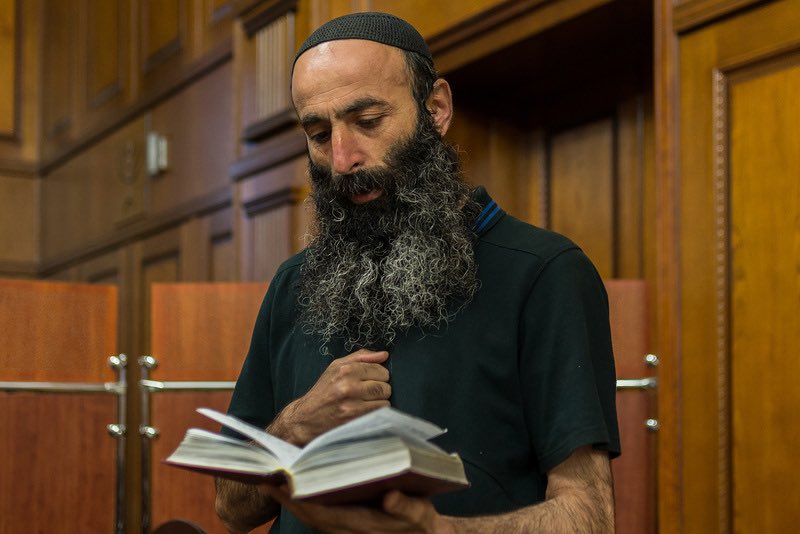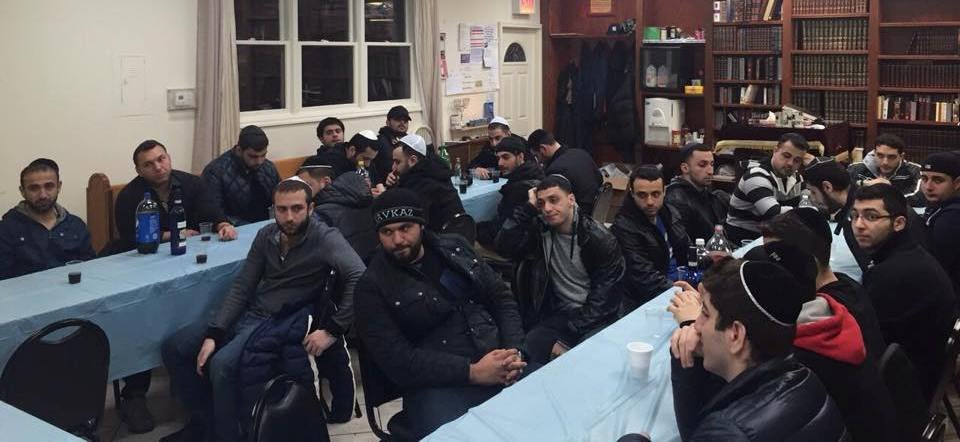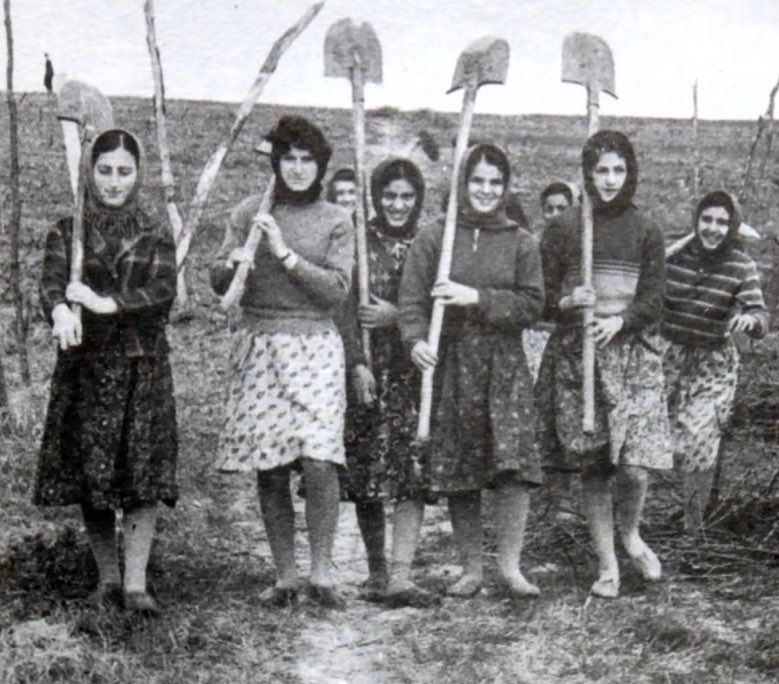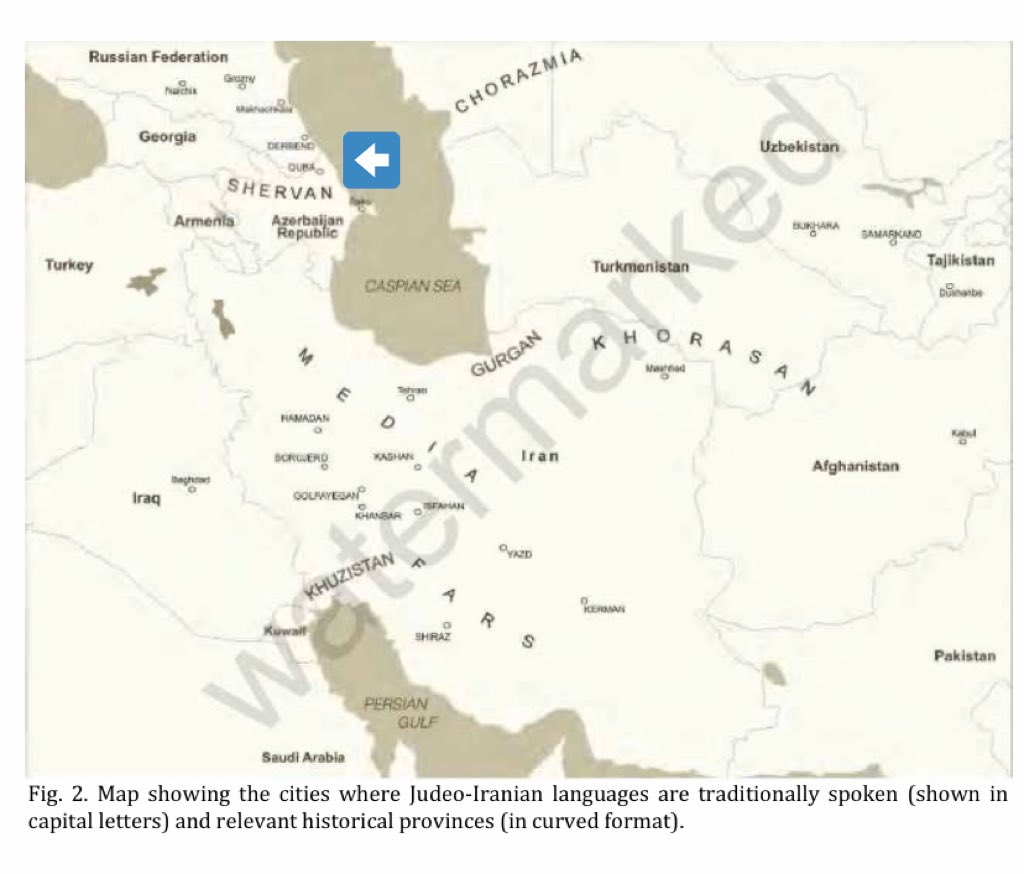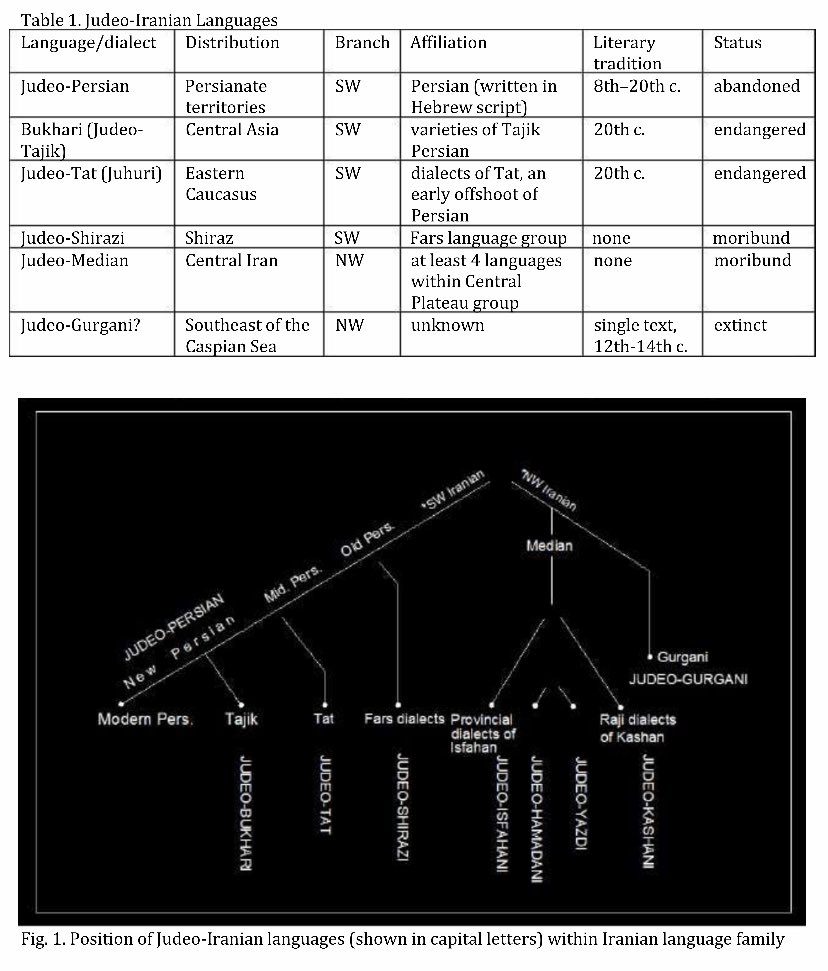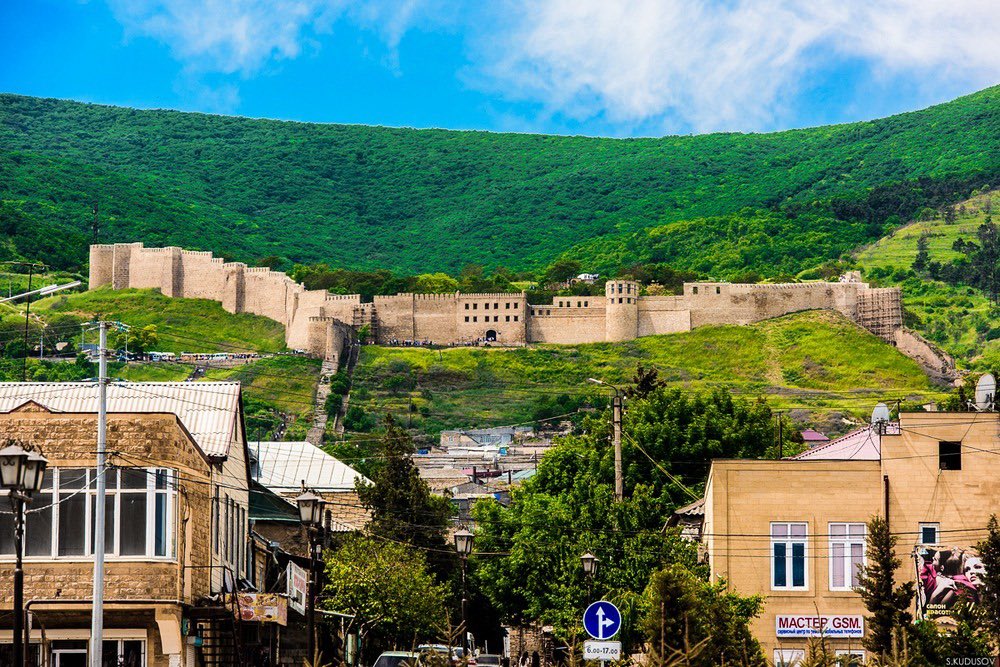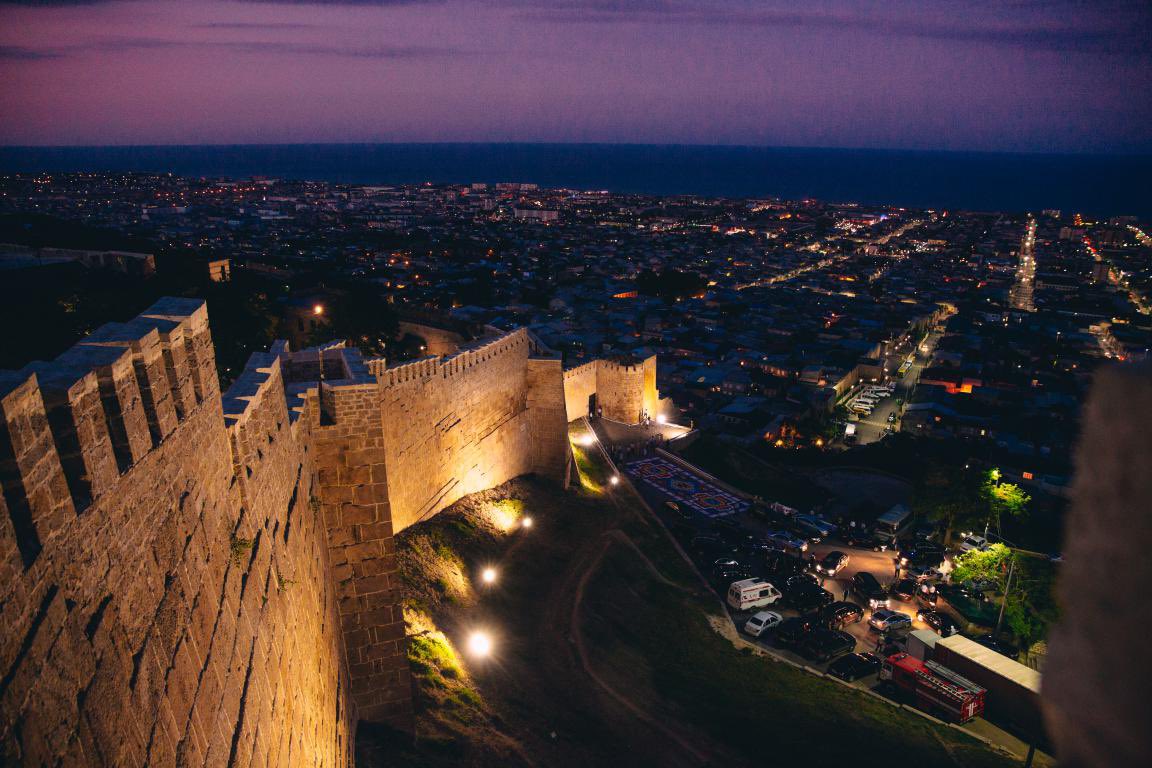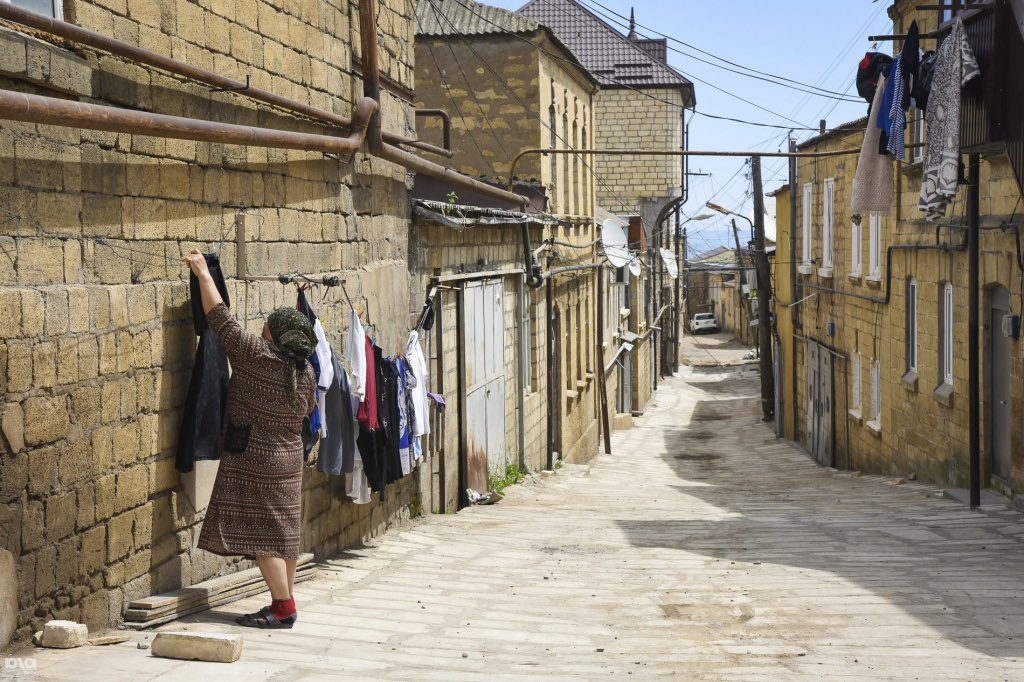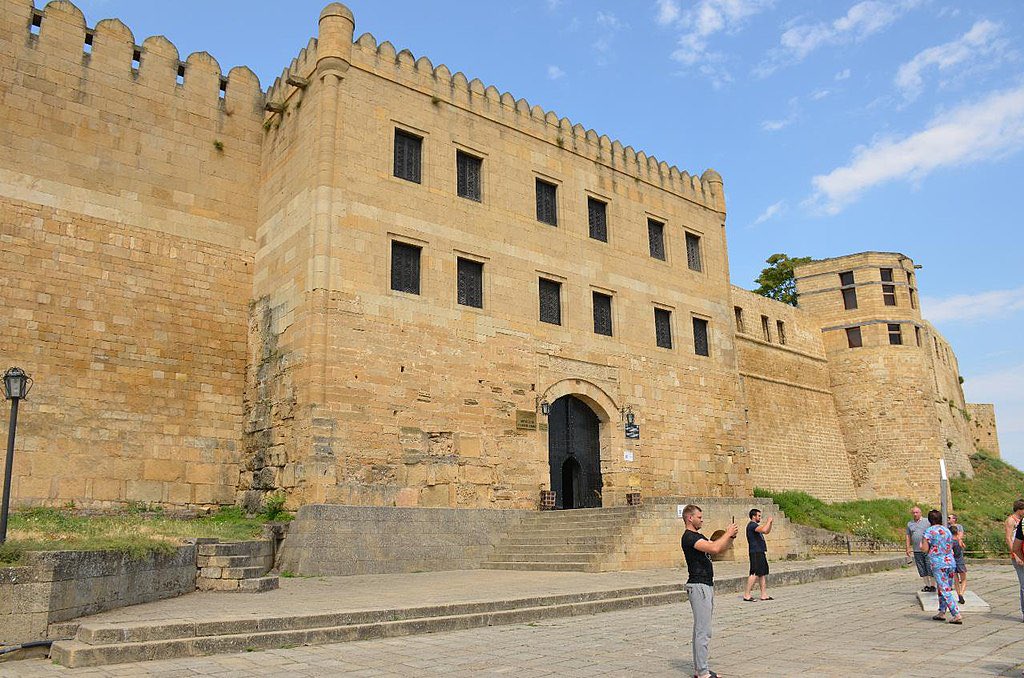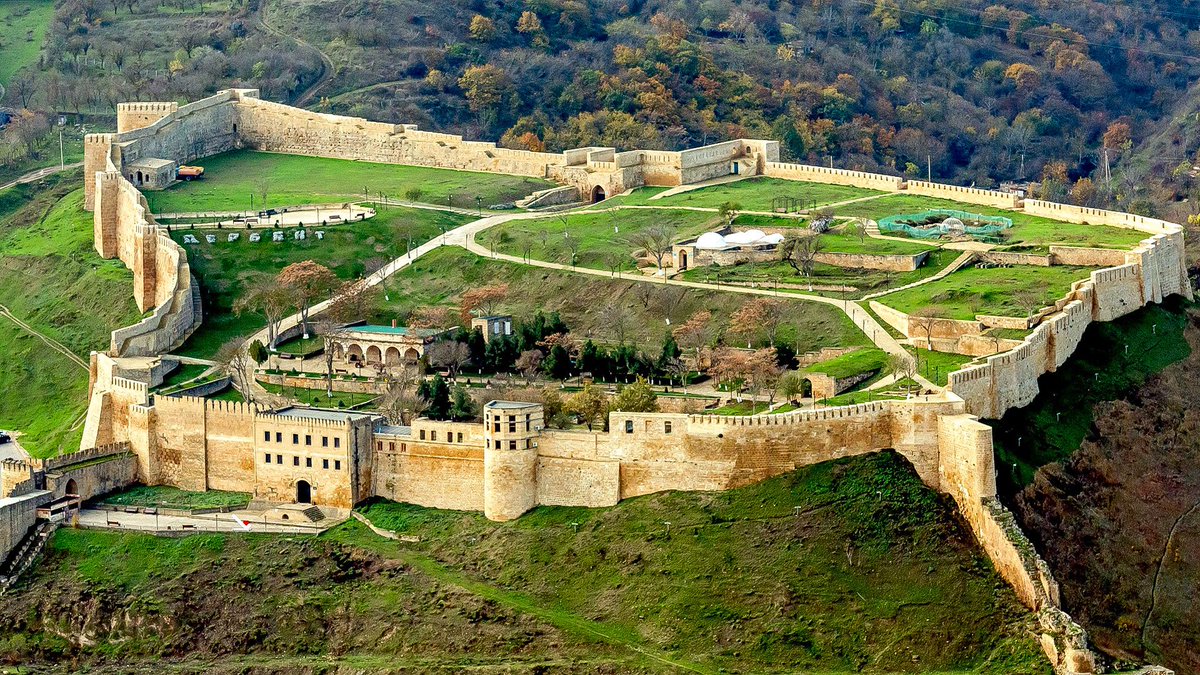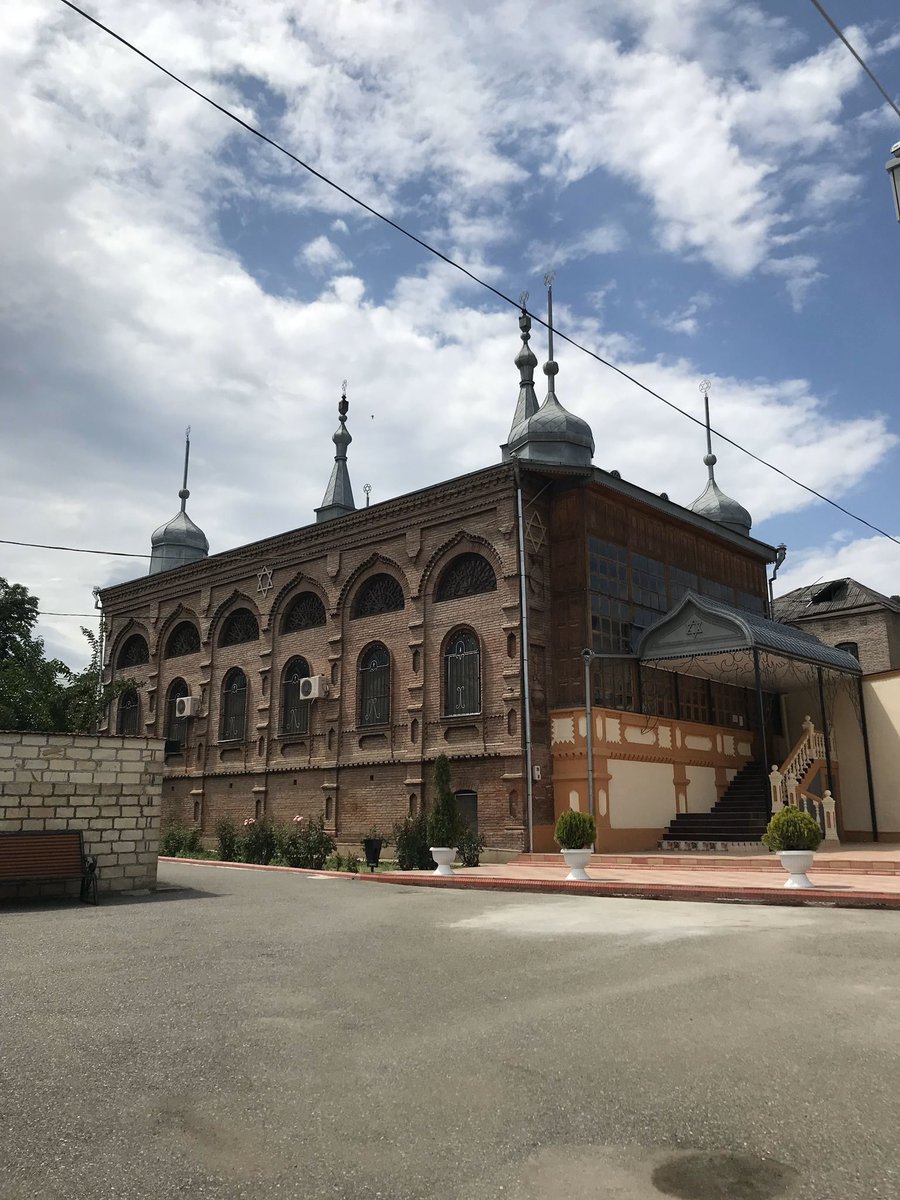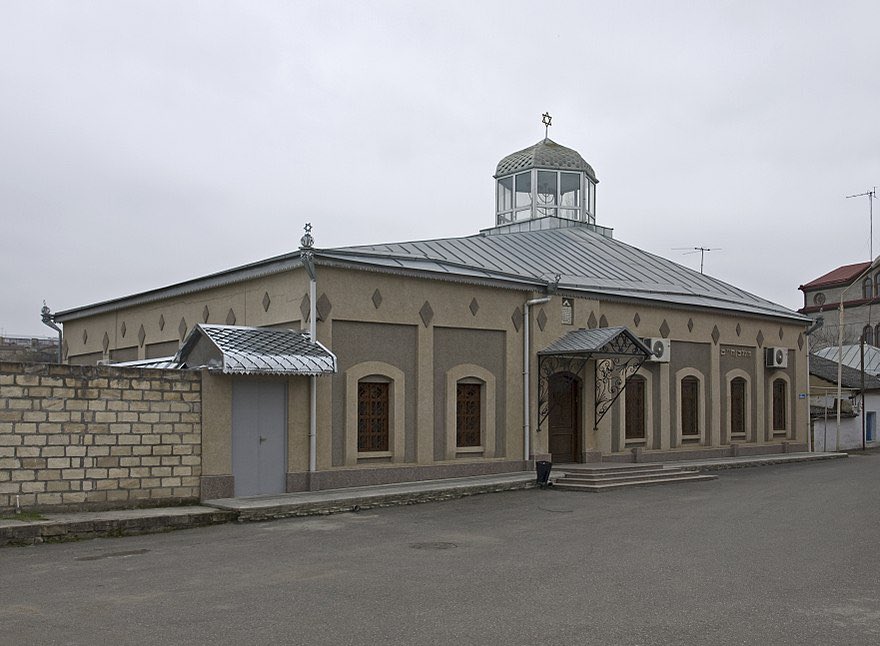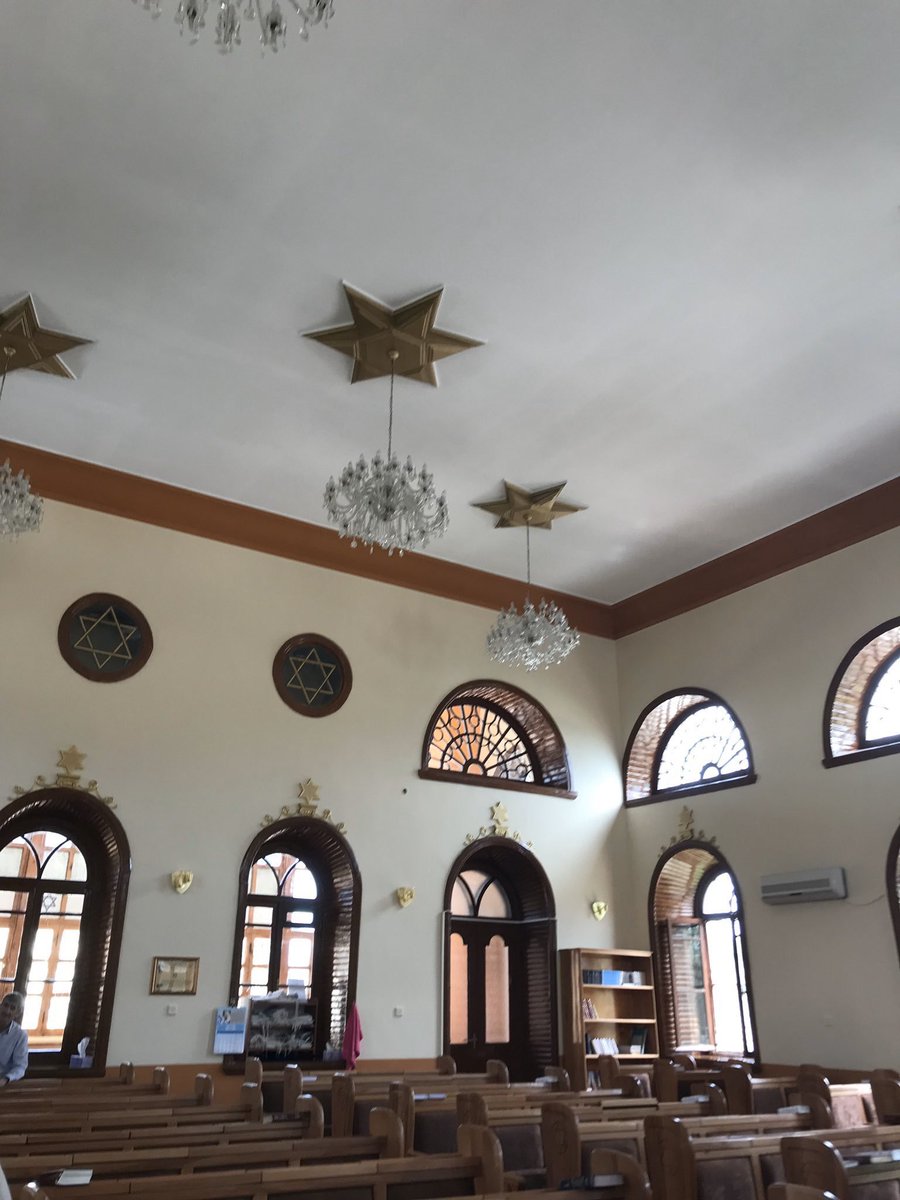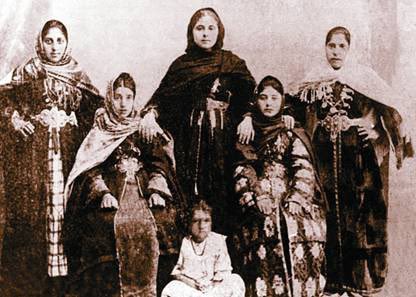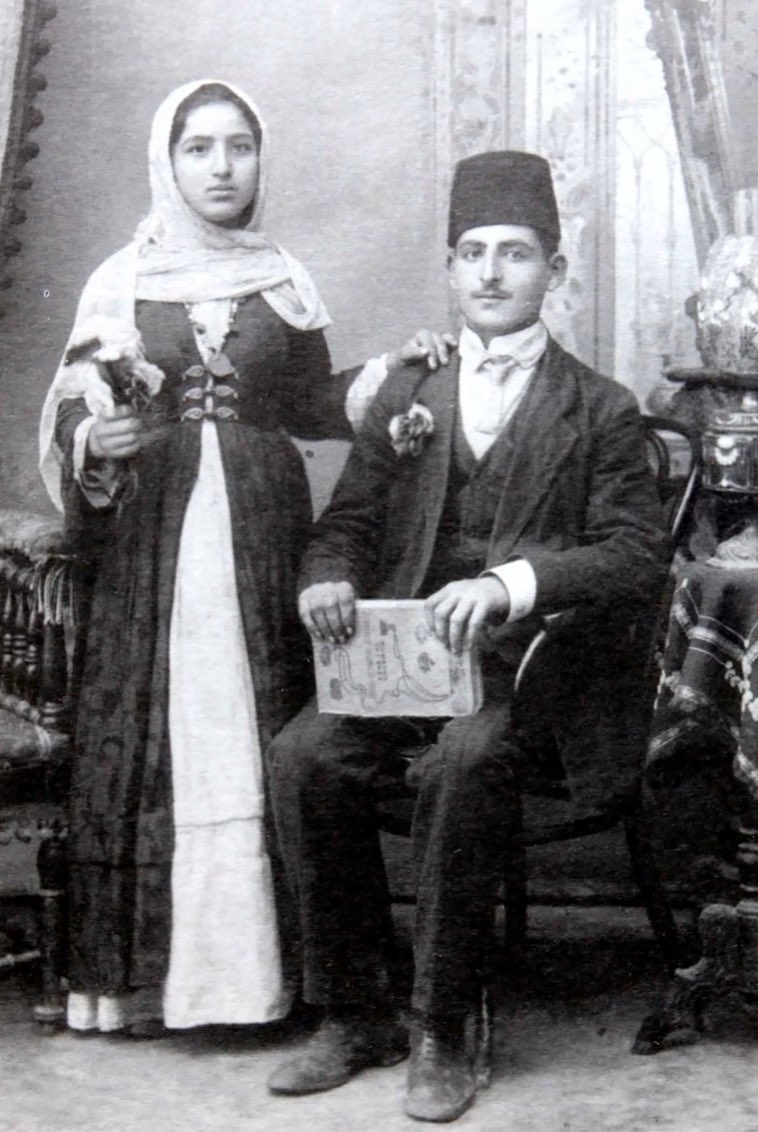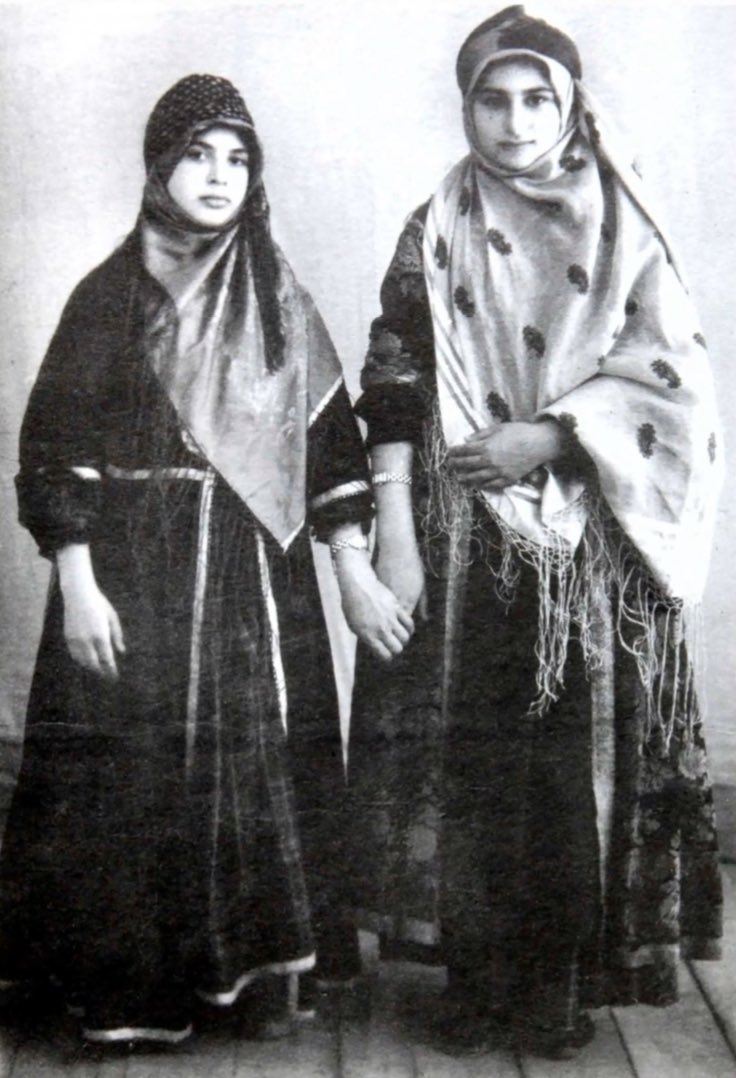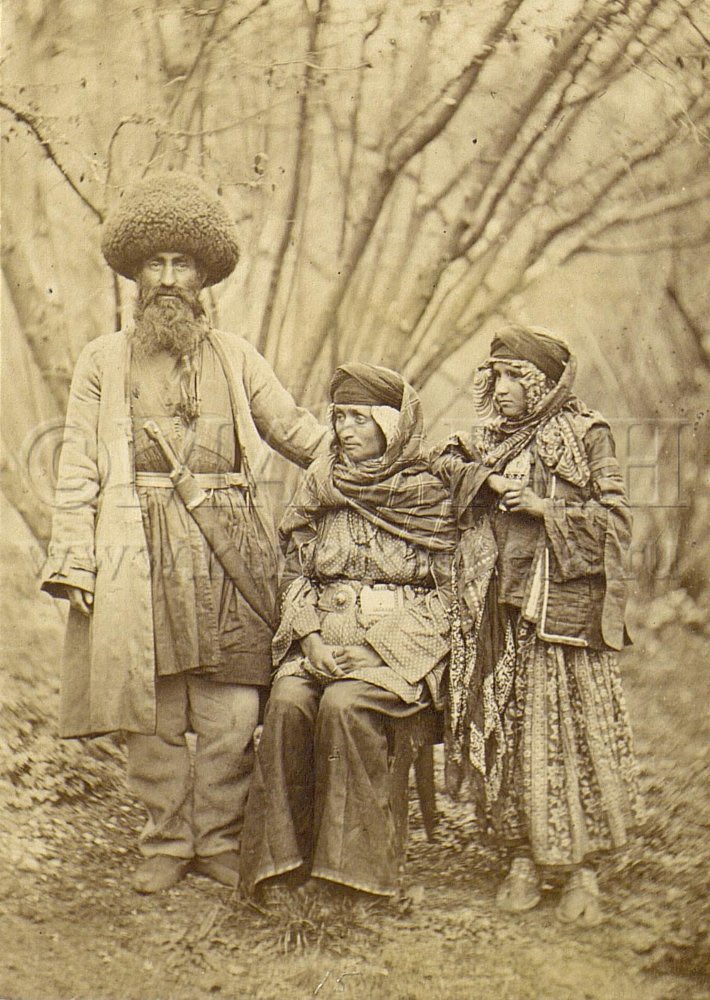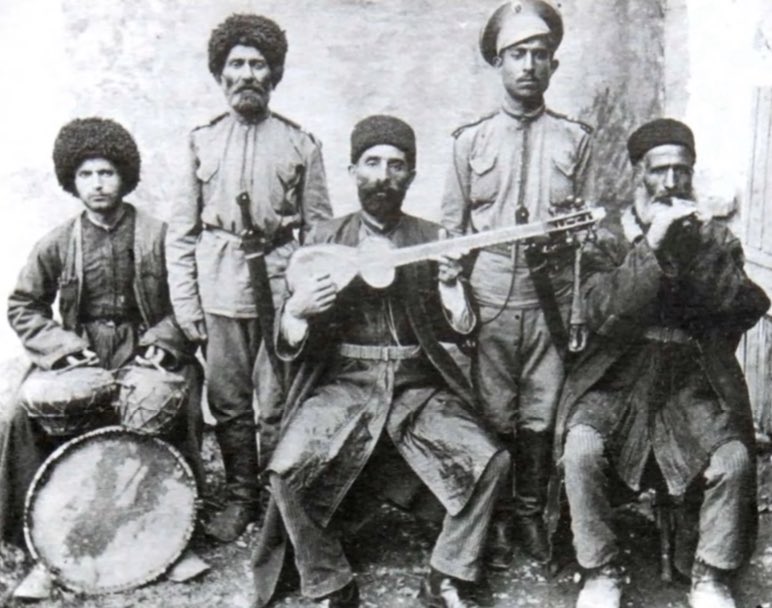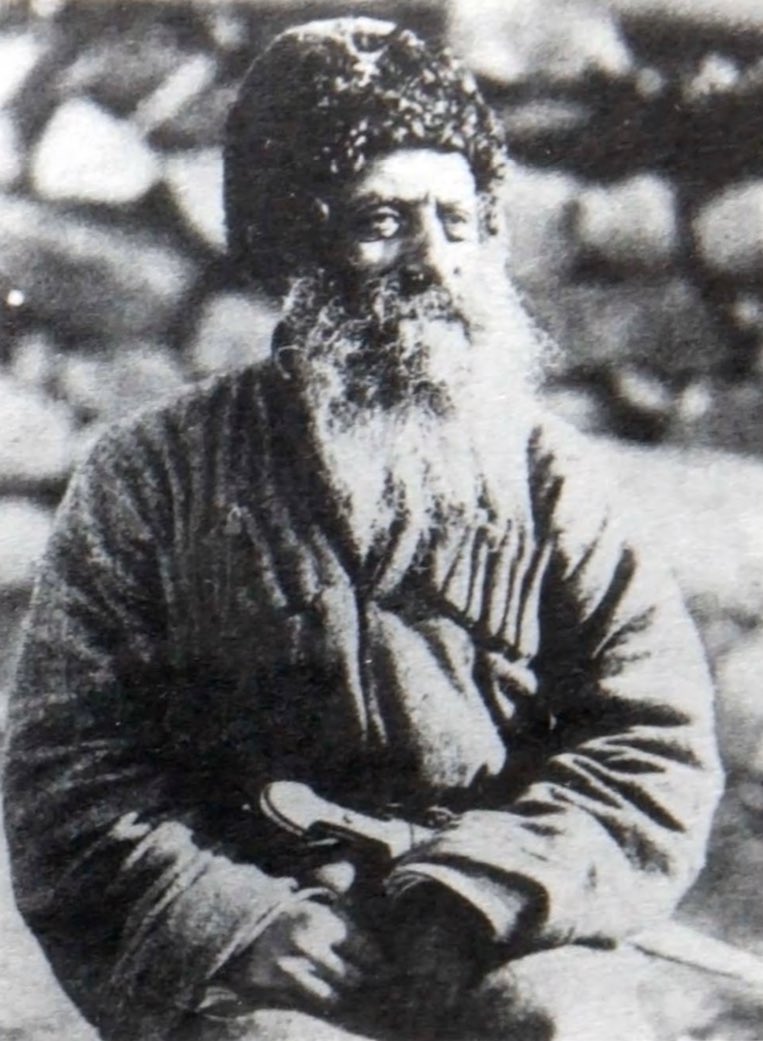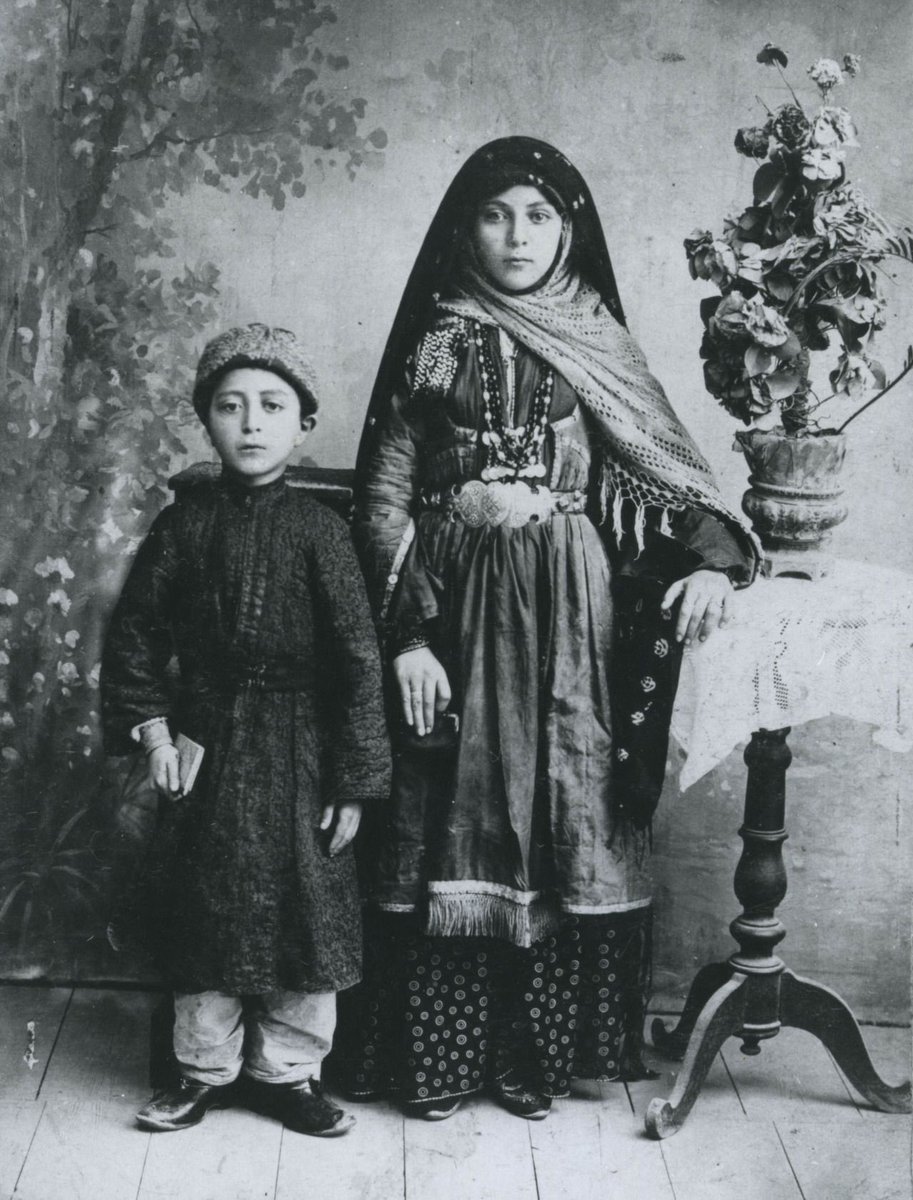thread about mountain jews/juhurim
mountain jews (juhuro in our language, or juhurim) are a mizrahi jewish group in the caucasus, mostly in dagestan and azerbaijan, but with smaller communities in chechnya and ingushetia.
our language is called juhuri, or often judeo-tat in academic settings because of its closeness to the tat language. it is a southwestern iranian language that is very similar to modern persian, with influences from hebrew and a number of kavkazi languages.
juhuri is spoken mostly by the older generations, with the younger generation favouring russian, hebrew, english, or other languages spoken in the countries the diaspora is living in. juhuri is an endangered language, having an estimated 100k total speakers in the 90s.
it is most commonly written in the azeri latin alphabet, or in cyrillic, as a result of soviet policies that enforced schooling in these two alphabets, along with the russian language.
as early as roughly the 8th century BC, we reached persia from ancient israel, and established a community in persia until around the 5th century AD.
sometime around the 5th century, likely as an effort by khosrow I to strengthen the military presence in persia’s border regions in the north, many people from the interior of persia were resettled there. this included tats and juhurim.
juhurim never migrated out of persia; we remained there until 1828 when russia and iran signed the treaty of turkmenchay after a series of armed conflicts, officially ceding persia’s land in the caucasus to the russian empire.
the city of derbent (dərbənd/دربند), in southern dagestan on the caspian sea (xəzər dərjoh), is home to one of our largest communities. it is a historically iranian city and possibly the oldest city in modern russia. it also has a large azeri population.
derbent is known for naryn-kala, a persian fortress (and unesco world heritage site) that once served as the seat of a sassanid marzban. the fortress there today stands in the location of the ancient sassanid fortress, which was destroyed and rebuilt in the 12th century.
its important to note that mountain jews are ethnically and culturally distinct from georgian jews, who migrated into georgia centuries before juhurim reached the caucasus.
in soviet times, mountain jews were living all over the caucasus, especially in derbent, quba, baku, makhachkala, grozny, buynaksk, and nalchik, as well as further north in russia. by ww2, many had even been relocated to the crimea.
after the fall of the ussr and during the first chechen war, many fled from kavkaz. most juhurim now live in israel, russia, the states, canada, and germany. the biggest settlement today is qırmızı qəsəbə in azerbaijan, with a population exceeding 3,000.
juhuri is the primary spoken language in qırmızı qəsəbə, and it may be the only jewish town outside the USA and the state of israel.
culturally, juhurim are similar to other ethnic groups of the caucasus. our traditional dress closely matches that of neighbouring kavkazi groups and we dance the lezginka, which is found all across the region.
because we were in persia for over two millennia, we also share similarities to other iranic people.
many of our religious practices and beliefs are the same as those of persian jews, as we descend from the same group. the sifrei torah in qırmızı qəsəbə are from iran and several hundred years old, possibly the oldest persian sifrei torah outside of iran.
the two functioning synagogues in qırmızı qəsəbə are the larger six dome synagogue and the giləki synagogue, named for the gilan province in iran.
we also have unique names in juhuri for several jewish holidays, rather than the hebrew names. we call purim homunu, after haman. tu bishvat is ⱨiddorho, pesach is nisonu, and shavuot is ⱨəsəltə.
we were known to be skilled warriors and horsemen, just as many other kavkazi nations always have been. we had a strong culture of swordsmanship, possibly from our military station when we first came to the caucasus.
juhuri women, both married and unmarried, traditionally covered our hair. we wore simply designed clothes that we decorated with beads and precious metals.

 Read on Twitter
Read on Twitter